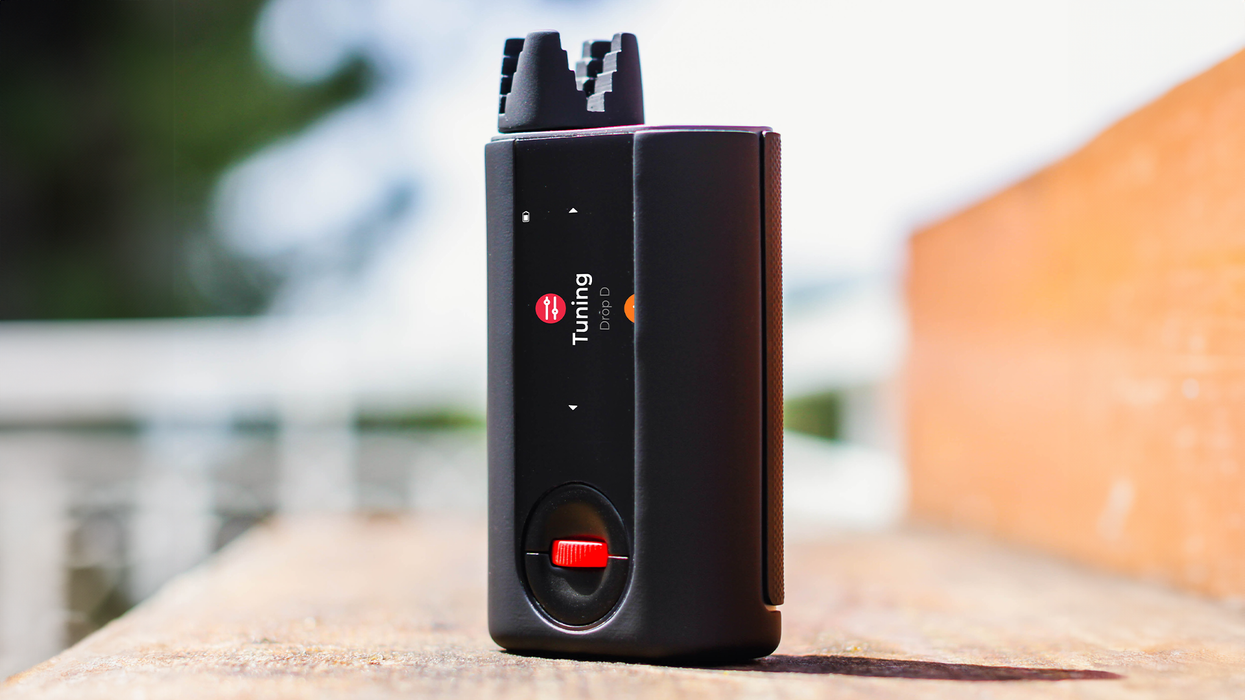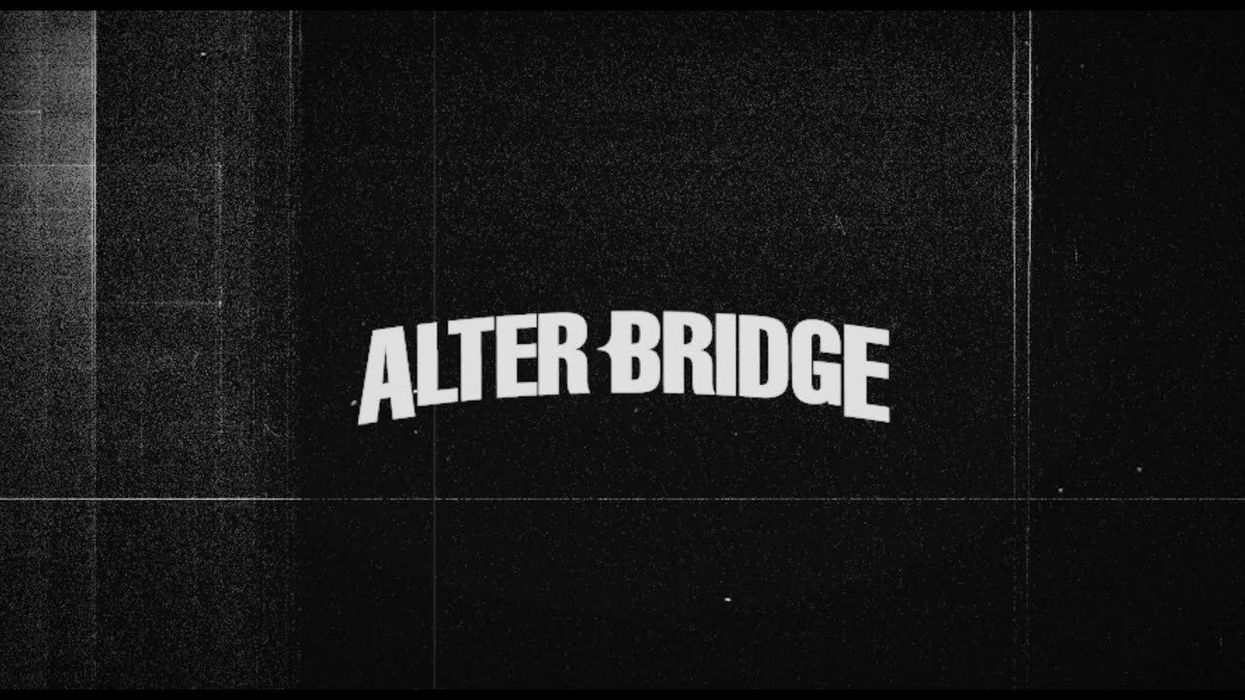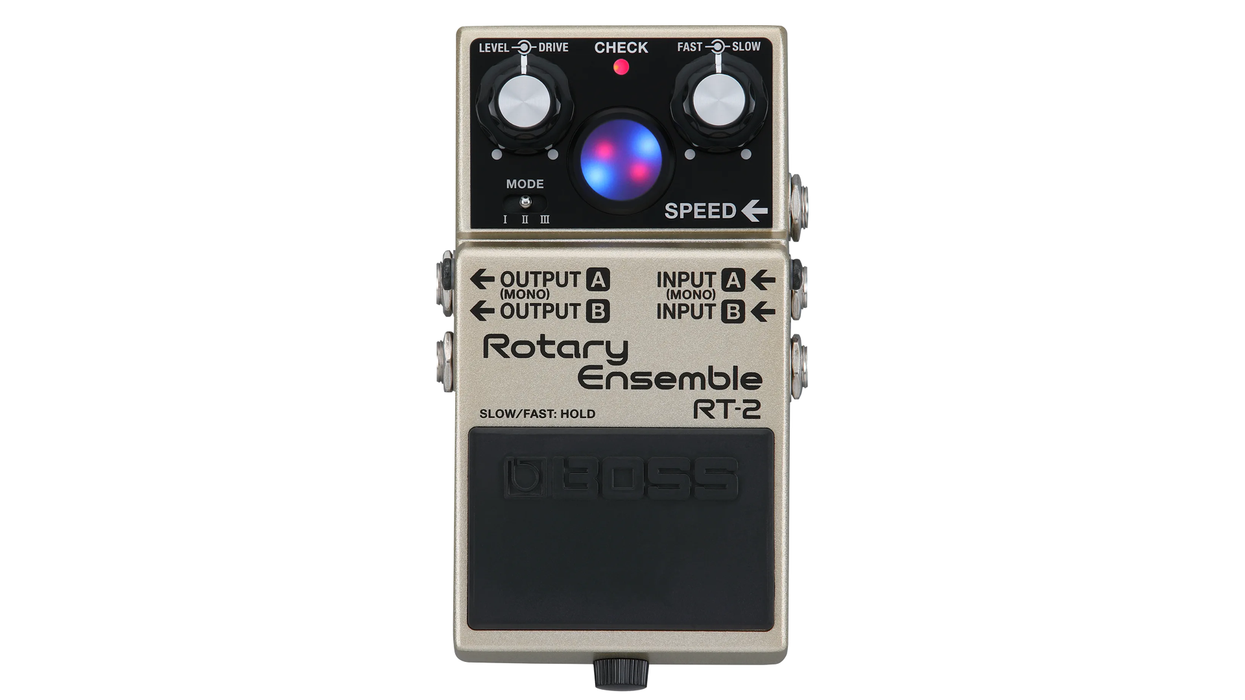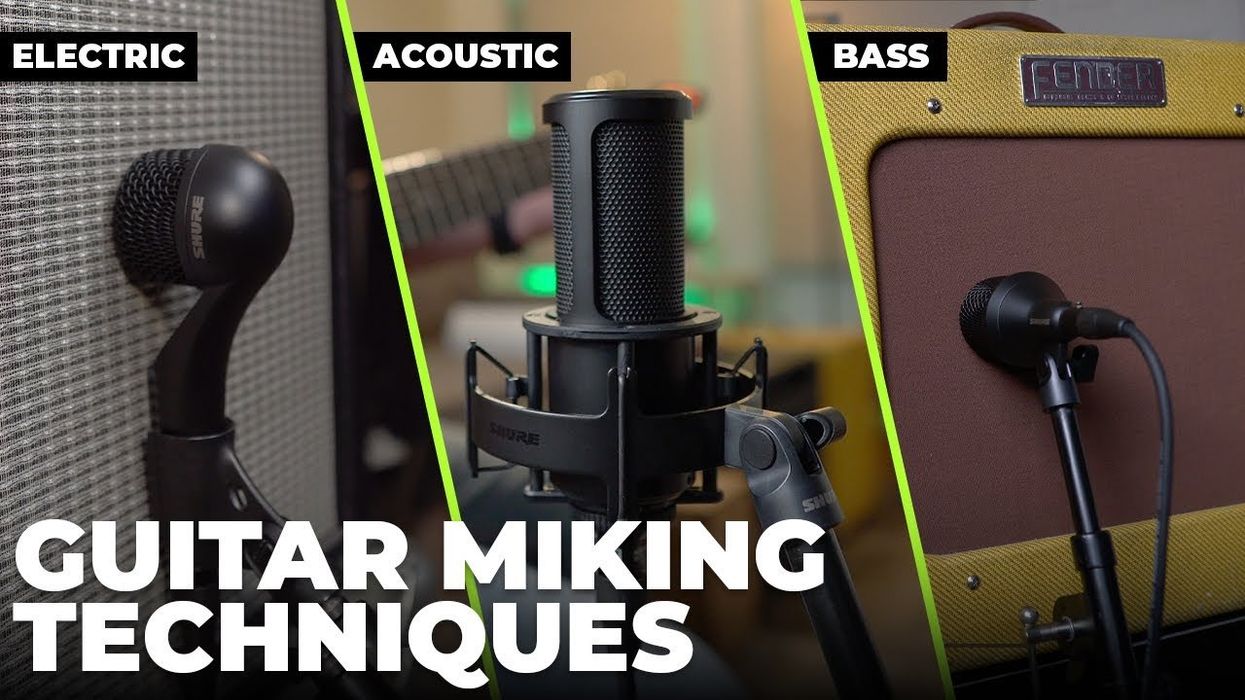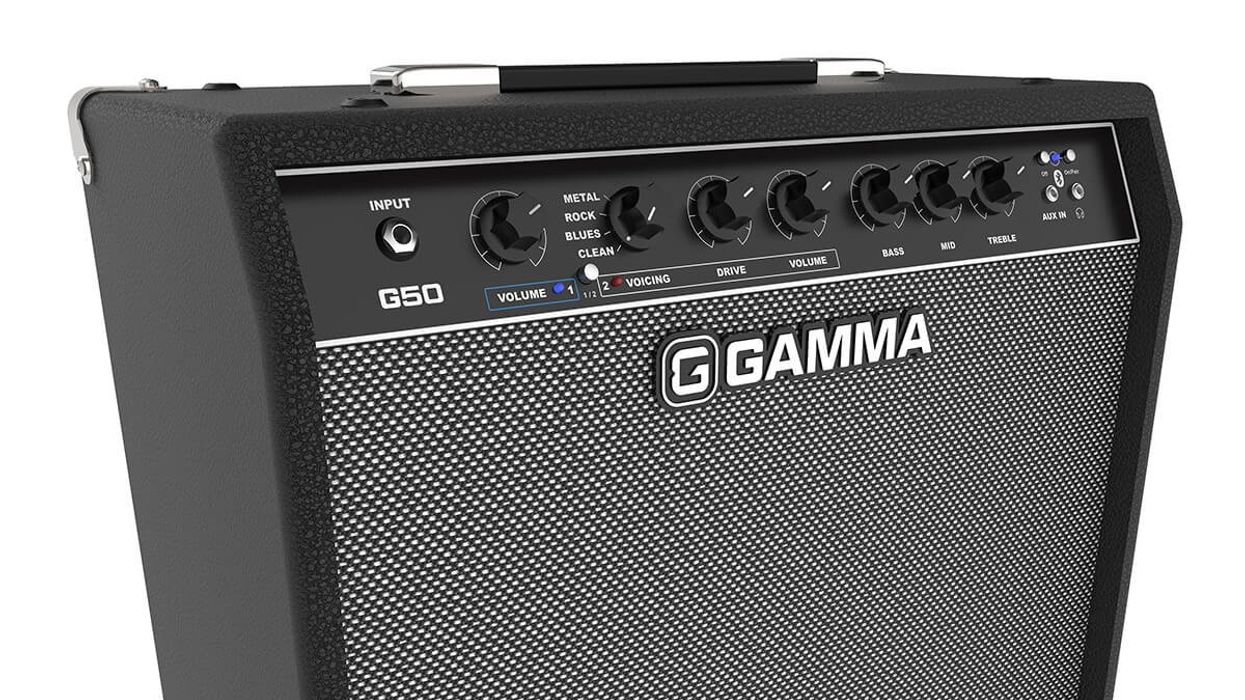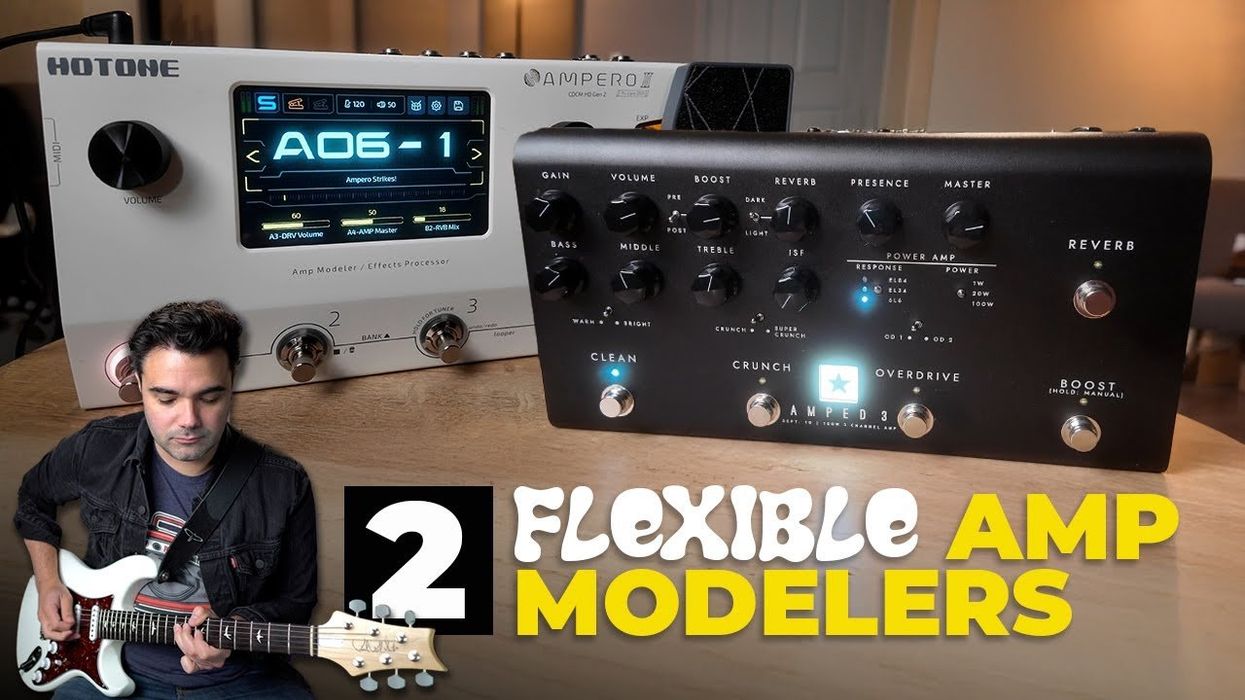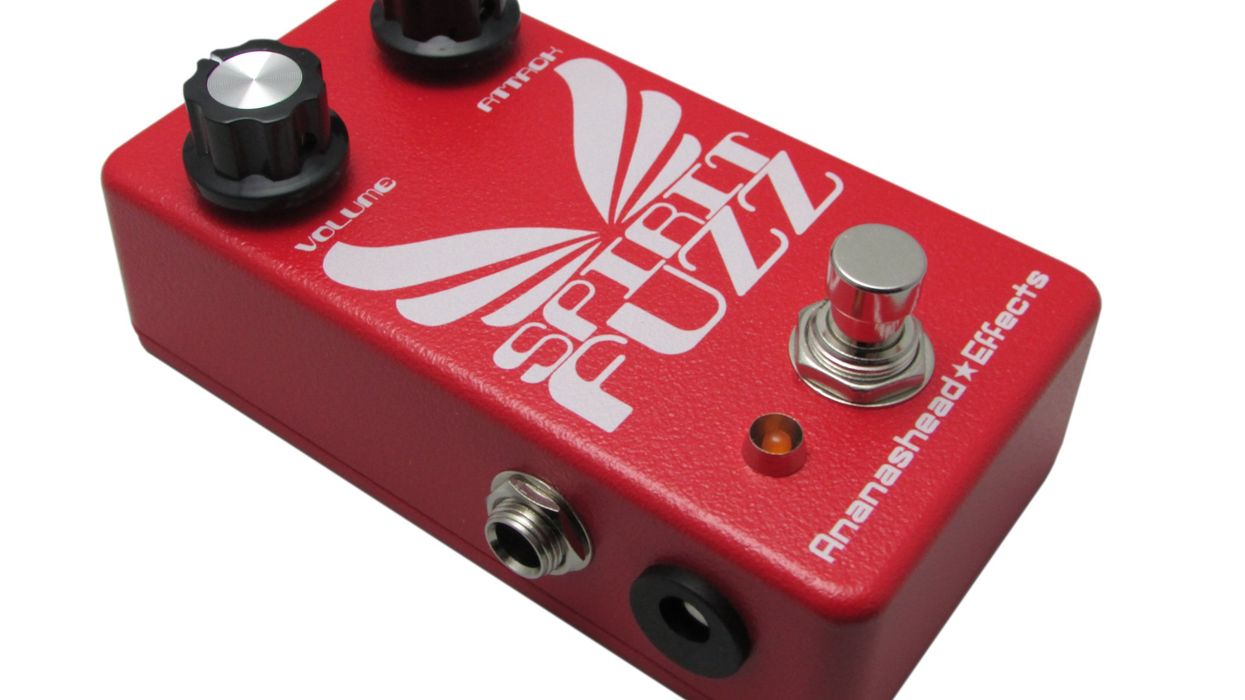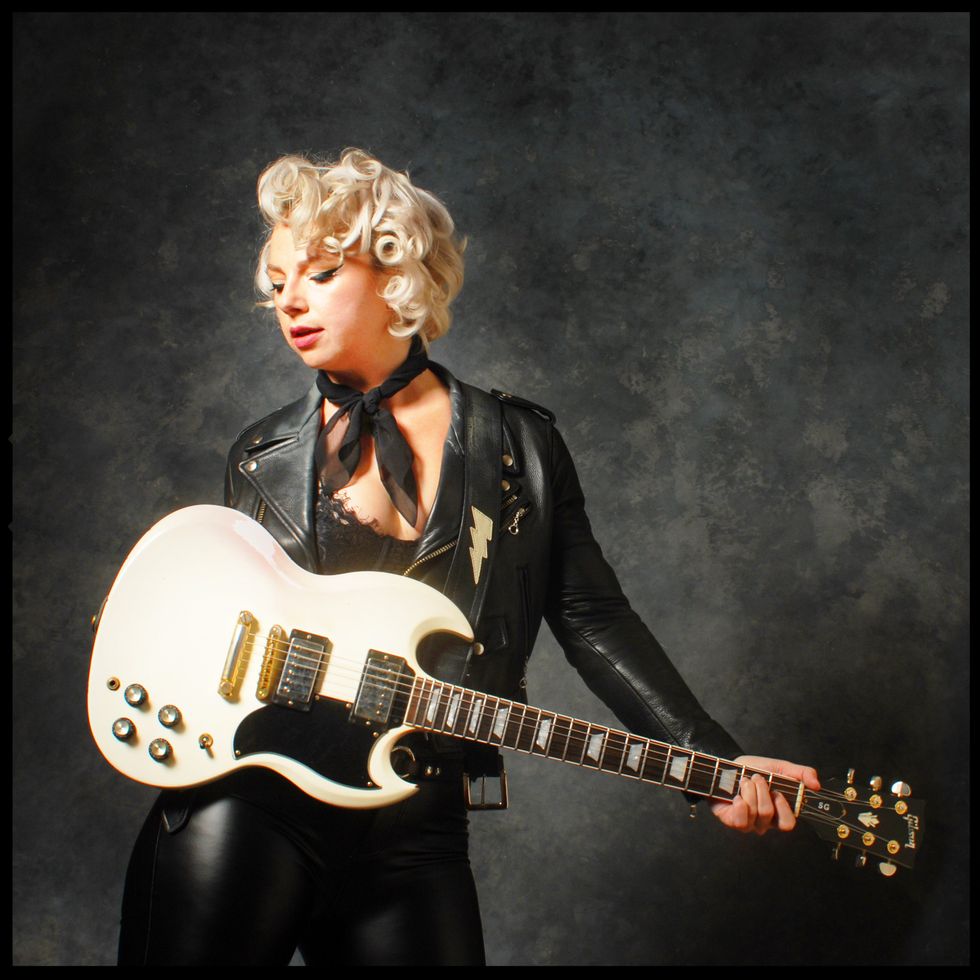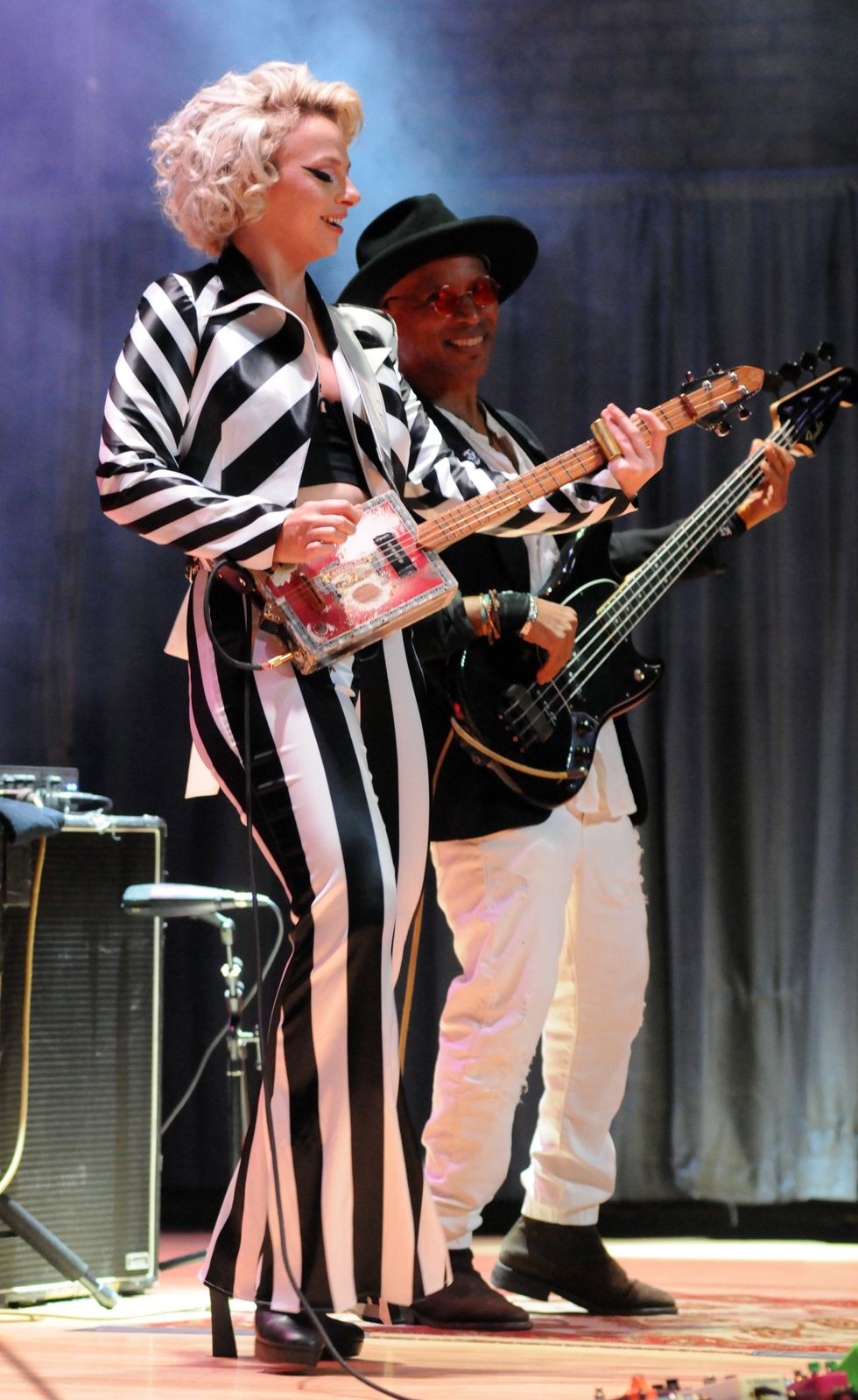Chops: Advanced
Theory: Intermediate
Lesson Overview:
• Create triad-based rhythm riffs.
• Learn how to develop chromatic lines.
• Strengthen your picking technique.
For this installment of Electric Etudes we’re going to take a look at the music of Steve Morse, one of the most versatile rock guitarists in history. Morse is known for his exceptional rock technique, but he’s equally at home playing country, bluegrass, jazz, or classical.
Morse first established his reputation via the Dixie Dregs, a rock-inspired jazz group that he formed shortly after graduating from the University of Miami with bassist Andy West. The band released several critically acclaimed albums, and then disbanded following 1982’s Industry Standard. During the ’80s, Morse recorded a string of solo albums, and then joined the prog-rock band Kansas in 1986.
In 1994, Morse joined Deep Purple after original guitarist Ritchie Blackmore departed. (Joe Satriani replaced Blackmore for a portion of The Battle Rages On tour.) After recording five studio albums, seven live albums, and performing countless shows, Morse has now occupied Deep Purple’s guitar chair longer than Blackmore.
A master technician, Steve Morse is lauded for his impressive picking chops, ability to create flowing lines, and playing arpeggios at blistering speed—check out this video of “Tumeni Notes.”
YouTube It
Morse also makes use of artificial harmonics, open chord voicings, synth-like tones, and pad-like swells. One of the best examples of his country influences is “The Bash,” a two-beat country jam from the 1979 Dixie Dregs album, Night of the Living Dregs. His unique approach also crossed over to the construction of his instrument. In his search for an instrument to cover rock and country tones, Morse configured a Tele with two humbuckers and two single-coils. This instrument served as the inspiration for his current Ernie Ball signature model axe.
For our lesson track I was inspired by “Take It Off the Top,” “User Friendly,” and “Stressfest.” Throughout this example I’ll demonstrate picking sequences, triad-based riffs, and a bluesy solo that incorporates chromatic picking lines and country-inspired bends.
Click here for Ex. 1
The example kicks off with a 16th-note picking sequence over D5 and E5 chords. The sequence outlines D Lydian (D–E–F#–G#–A–B–C#) over the D5 chord and E Mixolydian (E–F#–G#–A–B–C#–D) over the E5 chord. I’ve also doubled the picking figure with a piano, as Morse often blends a synth sound with his guitar signal. Notice that every note is picked—a hallmark of Morse’s style—but if the tempo is too challenging it could help to include some pull-offs.
The verse riff is almost entirely based around a series of triads similar to what you might hear on Morse’s “Take It Off the Top.” It starts with the V, IV, and I triads in the key of A (E, D, and A, respectively) before borrowing a pair of chords from the key of F (F/A and C/G). The verse concludes with a descending unison lick that flows through the E minor pentatonic (E–G–A–B–D) scale. This section repeats again—with a slight variation—before going into an interlude ahead of the solo.
In the middle section the rhythm guitar plays around with quartal harmony, or chords stacked in fourths instead of thirds. When you listen to the backing track you can hear how these shapes produce a very modern, ambiguous sound. The main guitar works up the neck with a series of angular arpeggios. In the final two measures before the solo, check out the triplet-based lick that outlines an A major triad (A–C#–E) and a B major triad (B–D#–F#).
The solo begins with some country bends that mix major and minor pentatonic sounds. Hold the 2nd string bend with your middle and ring fingers while reaching for the notes on the 1st string with your pinky and index fingers—very Nashville. Morse’s speed-picking chops come into play with a fast alternate-picked line that leads into a simple blues lick based in the E minor pentatonic box. Check out the E note played on the 6th string—try to grab that with your thumb. The next two measures feature a signature, twisted blues lick that combines elements of the Dorian and blues scales. Finally, the solo ends with another palm-muted lick that offers plenty of chromaticism.
As I mentioned before, Morse isn’t afraid to chart his own path when it comes to his gear. Usually, Morse uses his signature Ernie Ball guitar with a few of his signature E656 Engl amps. The amps are configured in a wet/dry setup, and Morse controls the delay through the wet amp via an Ernie Ball volume pedal. For this session I used my Music Man Axis Super Sport (fitted with DiMarzio 36th Anniversary PAF pickups) through a Marshall JMP1 tube preamp. I kicked on a Wampler Plexi-Drive for the solo. There was also some delay added during mixing.
